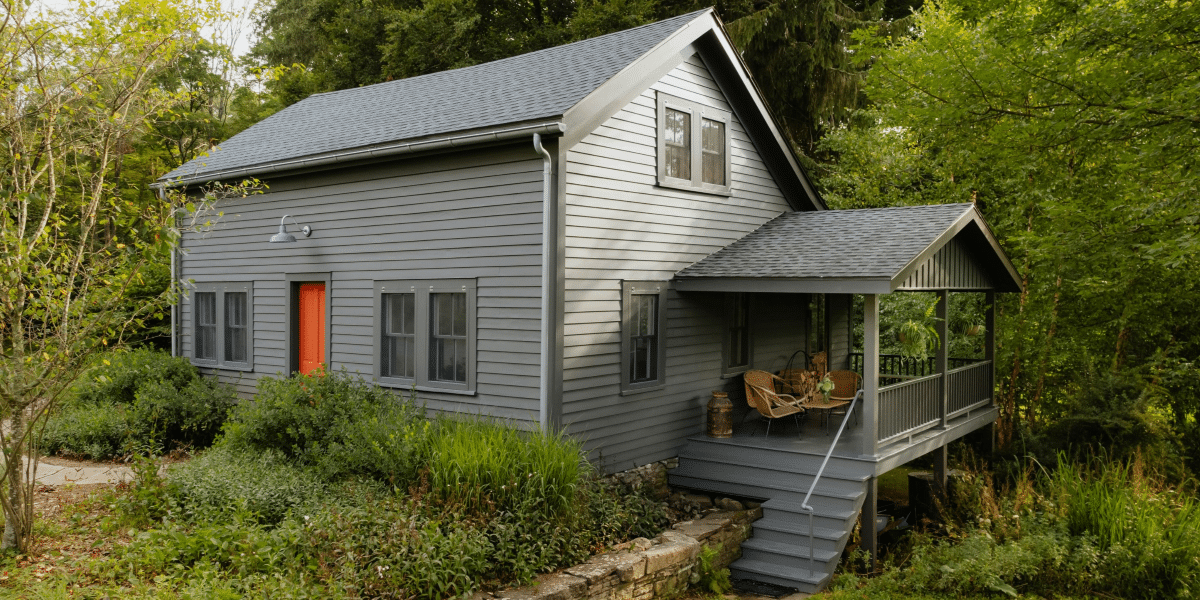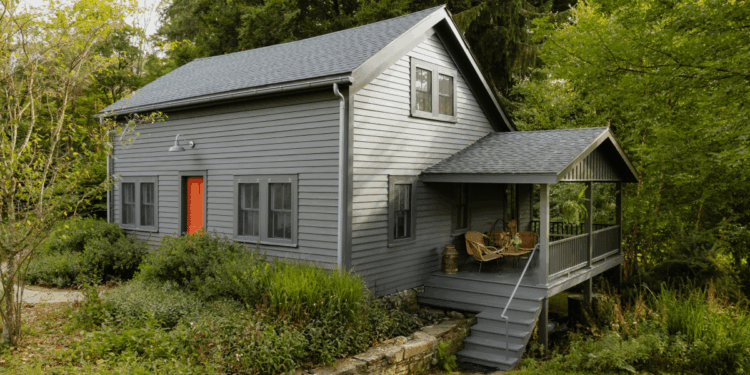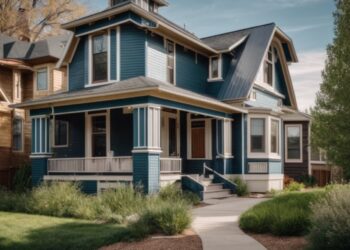Low cost siding options open up a world of possibilities for homeowners looking to enhance their property without breaking the bank. From durable materials to easy maintenance, this guide dives deep into the realm of affordable siding solutions, offering insights and tips for a budget-friendly makeover.
As we delve into the specifics of vinyl, fiber cement, and wood siding, you'll uncover the key factors to consider when choosing the right option for your home. Get ready to revolutionize your exterior with these cost-effective siding choices.


Low Cost Siding Options
When looking for affordable siding options, there are several materials to consider. Each material comes with its own set of pros and cons in terms of durability, maintenance, and aesthetic appeal. Let's explore some common low-cost siding options.Vinyl Siding
Vinyl siding is a popular choice for budget-conscious homeowners. It is relatively inexpensive, easy to install, and requires minimal maintenance. While vinyl siding may not be as durable as some other materials, it can last for many years with proper care.Fiber Cement Siding
Fiber cement siding is another cost-effective option that offers great durability. It is resistant to rot, fire, and pests, making it a long-lasting choice for your home. However, fiber cement siding may require more maintenance compared to vinyl siding, as it may need to be repainted periodically.Wood Siding
Wood siding can provide a charming and timeless look to your home at a lower cost. While wood siding may require more maintenance, such as regular painting or staining to protect it from the elements, it can be a cost-effective option if you are willing to put in the effort.Engineered Wood Siding
Engineered wood siding is a more affordable alternative to natural wood siding. It is made from wood fibers and resins, offering the look of wood without the high price tag. Engineered wood siding is durable and low maintenance, making it a practical choice for budget-conscious homeowners.Metal Siding
Metal siding, such as aluminum or steel, can be a budget-friendly option for those looking for a modern and sleek aesthetic. Metal siding is durable, resistant to pests and rot, and requires minimal maintenance. It can be a cost-effective choice for homeowners seeking a contemporary look for their home.Vinyl Siding
Vinyl siding is a popular low-cost option for homeowners looking to improve the exterior of their homes without breaking the bank. It is known for its durability, low maintenance requirements, and a wide range of color options, making it a versatile choice for many properties.Installation Process
Installing vinyl siding typically involves the following steps:- Clean and prepare the exterior surface of the home.
- Measure and cut the siding panels to fit the walls.
- Secure the panels to the walls using nails or screws.
- Overlap each panel to ensure proper water resistance.
- Finish with trim pieces around windows, doors, and corners.
Color Options
Vinyl siding comes in a wide array of colors to suit different aesthetic preferences. Homeowners can choose from traditional neutrals like white, beige, and gray, or opt for bolder shades like blue, red, or green. Some manufacturers even offer vinyl siding that mimics the look of wood or stone.Energy Efficiency
When it comes to energy efficiency, vinyl siding can help improve insulation and reduce energy costs. Its insulating properties can help keep homes cooler in the summer and warmer in the winter, making it a cost-effective option in the long run. Compared to other low-cost siding alternatives like aluminum or wood, vinyl siding offers better thermal performance.Fiber Cement Siding
Fiber cement siding is a popular choice for homeowners looking for a cost-effective option that offers durability and aesthetic appeal.Longevity and Comparison
Fiber cement siding is known for its longevity, often lasting up to 50 years or more with proper installation and maintenance. This durability surpasses other siding materials like wood or vinyl, making it a wise investment for homeowners looking for a long-term solution.Maintenance
- Regular cleaning with a hose and mild soap can help maintain the appearance of fiber cement siding.
- Inspecting for any cracks or damage and repairing them promptly can prevent moisture from seeping in and causing further issues.
- Repainting every 10-15 years can help refresh the look of the siding and protect it from the elements.
Visual Examples
Many modern homes feature fiber cement siding, showcasing its versatility and ability to complement various architectural styles. From sleek contemporary designs to traditional aesthetics, fiber cement siding offers a customizable option for enhancing curb appeal.Wood Siding
Wood siding is a popular choice for homeowners looking for a natural and rustic aesthetic for their homes. It offers a timeless look and can be a cost-effective option for those on a budget.Wood siding comes in various types, such as cedar, pine, and redwood, each with its own price points. Cedar siding tends to be more expensive due to its durability and natural resistance to decay, while pine siding is more affordable but may require more maintenance over time.Affordability of Wood Siding Options
- Cedar siding: $$-$$$
- Pine siding: $-$$
- Redwood siding: $$$
Insulation Properties of Wood Siding
Wood siding provides good insulation properties, helping to regulate temperature and reduce energy costs. While it may not be as efficient as fiber cement siding, it still offers decent insulation for a lower cost.Maintaining Wood Siding on a Budget
- Regularly clean and inspect the siding to prevent mold and mildew buildup.
- Apply a fresh coat of paint or stain every few years to protect the wood from weather damage.
- Repair any cracks or damage as soon as they appear to prevent further issues.















